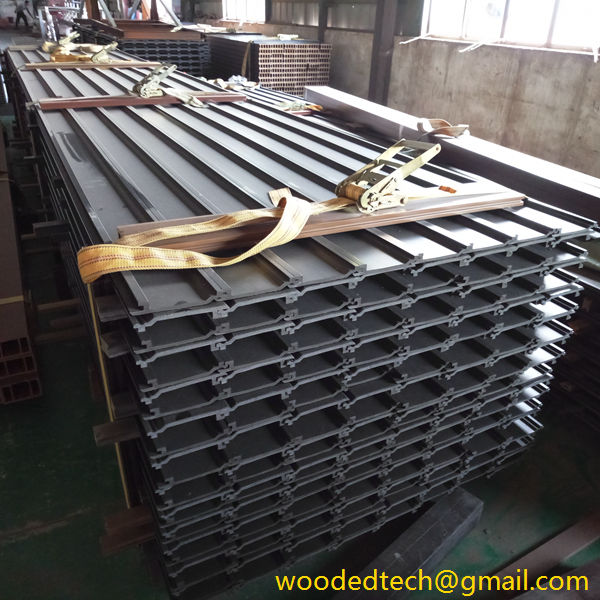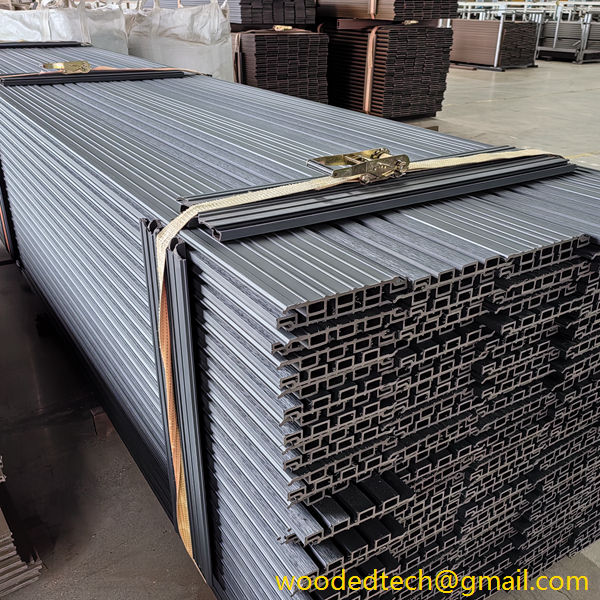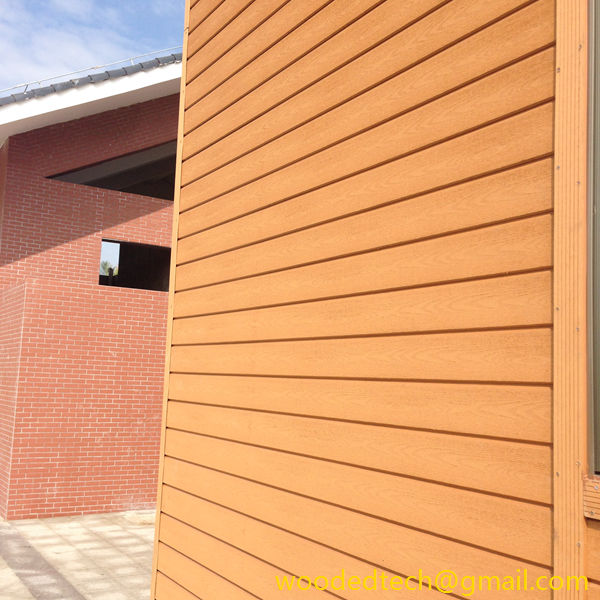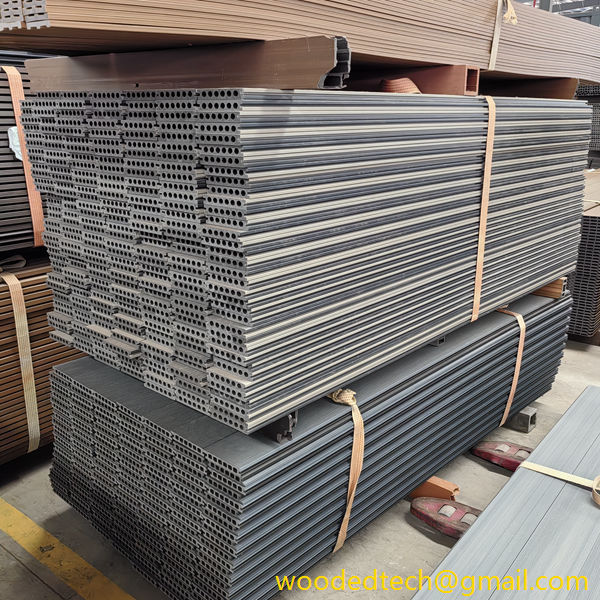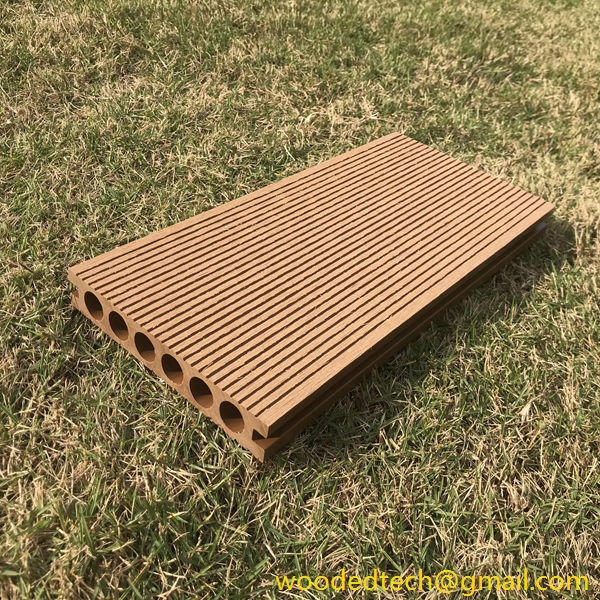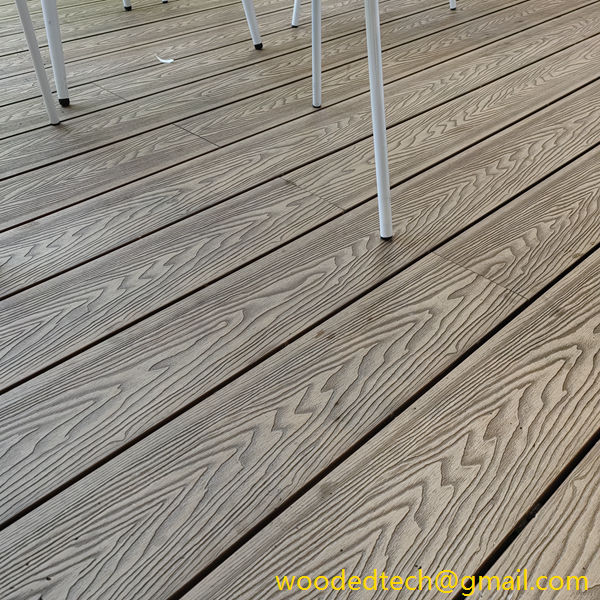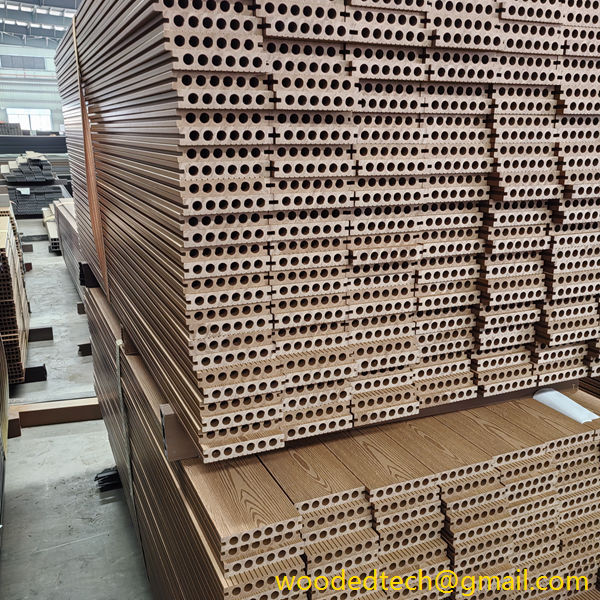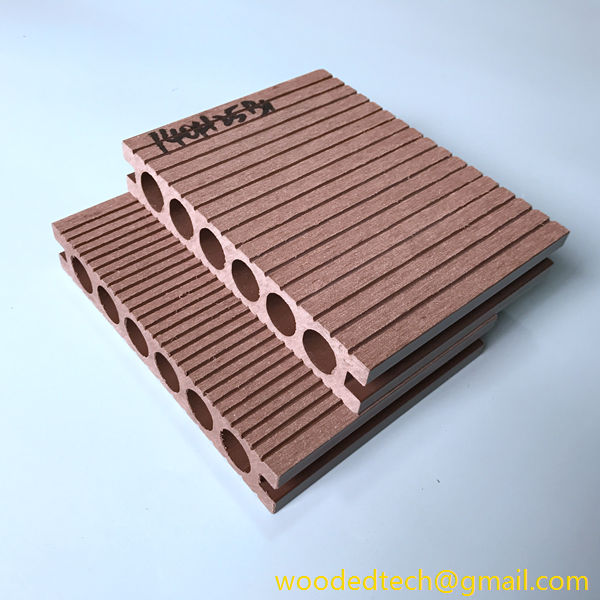Types of Exterior Wall Panels: Explore Various Exterior Wall Panel Options
Types of Exterior Wall Panels: Explore Various Exterior Wall Panel Options When it comes to exterior wall panels, the options available to builders and architects are diverse and tailored to meet various aesthetic, functional, and environmental needs. With advancements in material production technology, the development of these panels has evolved significantly, offering improved performance, durability,…
Types of Exterior Wall Panels: Explore Various Exterior Wall Panel Options
When it comes to exterior wall panels, the options available to builders and architects are diverse and tailored to meet various aesthetic, functional, and environmental needs. With advancements in material production technology, the development of these panels has evolved significantly, offering improved performance, durability, and design flexibility. This article explores the various types of exterior wall panels available in the market today, emphasizing their characteristics, benefits, and ideal applications.
One of the most commonly used materials for exterior wall panels is fiber cement. Fiber cement panels are composed of a mixture of cement, cellulose fibers, sand, and water. This combination results in a durable, weather-resistant product that can mimic the appearance of wood or masonry. Fiber cement panels are non-combustible, making them a safe option for fire-prone areas. They also resist rot, pests, and moisture damage, making them suitable for a variety of climates. Available in different textures and colors, fiber cement panels offer designers the flexibility to achieve their desired aesthetic while ensuring longevity and low maintenance.
Another popular choice is vinyl siding, a lightweight and cost-effective option. Made from polyvinyl chloride (PVC), vinyl siding is known for its ease of installation and low maintenance requirements. The material is resistant to fading, peeling, and cracking, which makes it a practical choice for homeowners looking for a long-lasting exterior solution. Vinyl siding comes in a variety of colors and styles, including horizontal and vertical panels, allowing for creative design possibilities. However, it is essential to consider that while vinyl is affordable and practical, it may not provide the same level of insulation or durability as some other materials.
Wood siding remains a classic choice that appeals to many due to its natural beauty and warmth. Available in various species, including cedar, pine, and redwood, wood siding can be cut into different profiles, such as shingles, clapboards, and board-and-batten styles. While wood siding offers excellent insulation properties and aesthetic appeal, it requires regular maintenance to prevent issues related to moisture, rot, and insect damage. Modern treatments and finishes can enhance the longevity of wood siding, making it a viable option when properly cared for.
Metal panels, particularly those made from aluminum or steel, have gained popularity in contemporary architecture. These panels often feature a sleek, modern appearance that can complement a wide range of building styles. Metal panels are lightweight, strong, and resistant to corrosion and fire. They can be produced in various finishes, colors, and textures, providing versatility for design. Additionally, metal panels can be insulated to improve energy efficiency. Their durability and low maintenance requirements make them an appealing option for commercial and industrial buildings as well as modern residential projects.
Another innovative option in the realm of exterior wall panels is insulated panel systems. These panels consist of an insulating core sandwiched between two outer layers, typically made of metal or other durable materials. Insulated panels provide excellent thermal performance, contributing to energy efficiency in buildings. They are often used in commercial applications and can be customized to meet specific design requirements. The ease of installation and seamless appearance of insulated panels make them a favored choice for modern construction.
Concrete panels have also become a staple in contemporary building design. Available in precast or poured-in-place forms, concrete panels offer unparalleled strength and durability. They can be designed to resemble other materials such as stone or brick, providing a robust and aesthetically pleasing exterior. Concrete is fire-resistant and can withstand harsh weather conditions, making it suitable for various environments. However, the weight of concrete panels may require additional structural support, which is an important consideration during the design phase.
For environmentally conscious builders, there are eco-friendly wall panel options made from sustainable materials. These may include panels made from reclaimed wood, bamboo, or other renewable resources. Such materials not only reduce the environmental impact of construction but can also provide unique aesthetic qualities. Green wall panels can help achieve LEED certification and contribute to energy efficiency in buildings, making them an attractive option for sustainability-focused projects.
Lastly, composite panels, which combine different materials, have emerged as a versatile solution for exterior cladding. These panels may feature layers of materials such as wood, metal, and plastic, designed to harness the benefits of each component. Composite panels can be engineered to provide superior insulation, weather resistance, and aesthetic appeal, allowing for creative and functional design solutions.
In conclusion, the variety of exterior wall panel options available today reflects advancements in material production technology and a growing emphasis on sustainability, aesthetics, and performance. From fiber cement and vinyl siding to metal panels and eco-friendly options, each type of exterior wall panel offers distinct advantages suited to different architectural styles and environmental conditions. As builders and architects continue to explore these options, the choice of exterior wall panels will play a crucial role in shaping the future of building design and construction.

